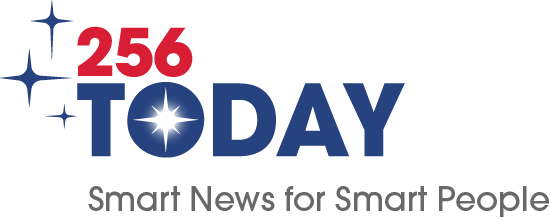HUNTSVILLE — Among all the challenges of voyaging to and landing on other worlds, the effective collection and study of soil and rock samples cannot be underestimated.
To quickly and thoroughly collect and analyze samples during next-generation Artemis moon missions and journeys to Mars and other planets, NASA seeks a paradigm shift in techniques that will more cost-effectively obtain samples, conduct in situ testing with or without astronaut oversight, and permit real-time sample data return to researchers on Earth.
That’s the planned task of an innovative technology demonstration called Lunar PlanetVac (LPV), one of 10 NASA payloads aboard the agency’s CLPS (Commercial Lunar Payload Services) initiative. LPV was carried to the surface by Firefly Aerospace’s Blue Ghost 1 lunar lander.
Developed by Honeybee Robotics, a Blue Origin company, LPV is a pneumatic, compressed gas-powered sample acquisition and delivery system – essentially, a vacuum cleaner that brings its own gas.
It’s designed to efficiently collect and transfer lunar soil from the surface to other science instruments or sample return containers without reliance on gravity.
The innovative approach to sample collection and in situ testing could prove to be a game-changer, said Dennis Harris, who manages the LPV payload for the CLPS initiative at NASA’s Marshall Space Flight Center in Huntsville.
“There’s no digging, no mechanical arm to wear out requiring servicing or replacement – it functions like a vacuum cleaner,” Harris said. “The technology on this CLPS payload could benefit the search for water, helium, and other resources and provide a clearer picture of in situ materials available to NASA and its partners for fabricating lunar habitats and launch pads, expanding scientific knowledge and the practical exploration of the solar system every step of the way.”
Under the CLPS model, NASA is investing in commercial delivery services to the Moon to enable industry growth and support long-term lunar exploration.
Secured to the Blue Ghost lunar lander, LPV’s sampling head will use pressurized gas to stir up the lunar regolith, or soil, creating a small tornado. If successful, material from the dust cloud it creates then will be funneled into a transfer tube via the payload’s secondary pneumatic jets and collected in a sample container.
The entire autonomous operation is expected to take just seconds and maintains planetary protection protocols. Collected regolith – including particles up to 1 cm in size, or roughly 0.4 inches – will be sieved and photographed inside the sample container with the findings transmitted back to Earth in real time.
The Marshall Space Flight Center manages the development of seven of the 10 CLPS payloads carried on Firefly’s Blue Ghost lunar lander.
Don’t miss out! Subscribe to our email newsletter to have all our smart stories delivered to your inbox.


